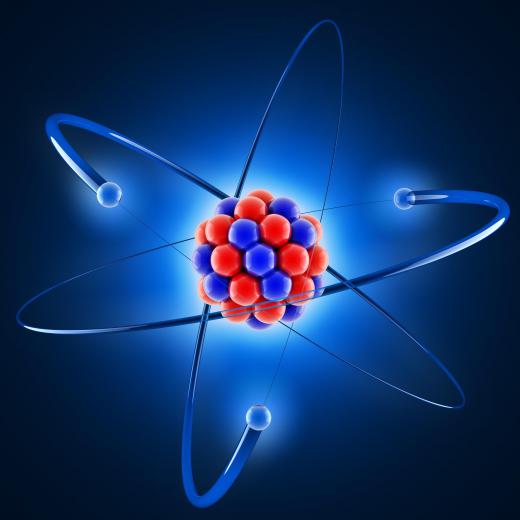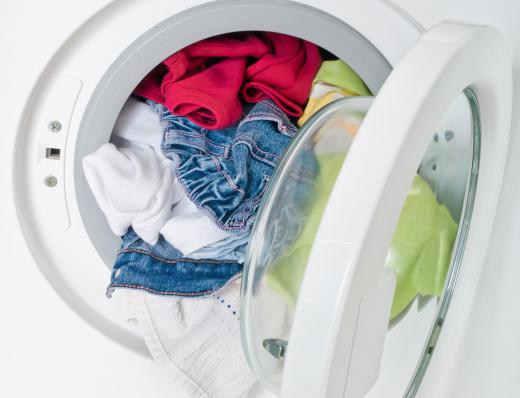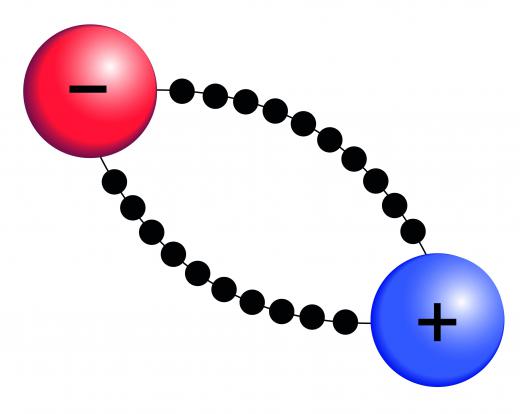What is a Positive Charge?
Everything in the world, whether natural or synthetic, is made up of tiny structures called atoms, which are made of protons, neutrons, and electrons. Protons have a positive charge, neutrons have no charge, and electrons have a negative charge. The balance of these particles determines the overall charge of an atom. An object with a positive charge, like a person after vigorously rubbing sock-covered feet on a carpet, contains more positive particles (protons) than negative ones (electrons). Since positive atoms are attracted to negative ones and repelled by other positives, the charges of the atoms that make up a piece of matter strongly influence its properties and behavior.
Atomic Charges

Atoms, which are the basic unit of matter, have a nucleus made up of protons and neutrons, around which one or more electrons are bound. The number of protons determines what element the atom is and is given as its atomic number. For example, magnesium has 12 protons, giving it the atomic number 12, while oxygen has eight. When atoms join together, they become molecules.

Electrons and protons do not have the same size and weight — electrons are smaller and lighter than protons — but they do have the same amount of charge. That is, a matching number of protons and electrons cancel each other out in terms of overall charge. Because neutrons are neutral, their number does not affect the charge of an atom.
Though the total number of subatomic particles an atom has varies, atoms typically are electrically balanced, with an equal number of protons and electrons. This means that naturally, atoms have a neutral charge, but this can change by gaining or losing electrons through chemical and physical processes. When an electron is lost, the balance shifts with an extra proton, giving the atom a positive charge. The reverse is true for negatively-charged atoms, which have gained an electron. When particle balance is disrupted, yielding either a positive or negative atom (or molecule), they are no longer called atoms. Instead, they are ions, with positive ones called cations, and negative ones called anions.
Charge and Behavior

The charge that an object has influences how it reacts to its environment. Cations are attracted to anions, for instance, but are repelled by other cations. Similarly, negatively-charged atoms repel each other. This behavior is referred to as Coulomb’s law.
Positive atoms do not attract or repel neutral ones, but through a phenomenon called electrostatic induction, an attraction can be created. This occurs because the electrons in some molecules tend to become more mobile when a positive charge is close by. Electrons in the neutral molecule are then able to move towards the source of the positive charge. The movement creates a negative charge at the closest point to the source, though the molecule is unchanged overall. This phenomenon most often happens with metals, which is what allows an electrical charge to flow through them.
Everyday Applications
Many everyday items and processes make use of positive charges. When laundry tumbles in a clothes dryer, for example, the movement causes electrons to move from the atoms on the surface of some items onto others, giving pieces of clothing different charges. This is what leads to static cling, since the now positively- and negatively-charged particles are attracted to each other and make the clothing stick together. Dryer sheets typically contain chemicals that have a positive charge, which rubs off on the items, helping to make the negative ones neutral again.
Another example is the laser printer, which prints text and images on paper by creating a series of positive and negative charges. When a print job begins, the laser "writes" by transferring negatively-charged static electricity to a cylinder with a positive charge. Toner, which is also positive, is then applied to the cylinder and is attracted to the negative areas. The cylinder is then rolled across a sheet of negatively-charged paper, and the toner binds to it.
Biological Molecules
The combined total of all the atoms and ions that are part of a biological molecule are known as its net charge. Most molecules are neutral overall, but large ones tend to have one or more discrete areas that exhibit a negative or positive charge. These areas strongly influence the way the molecule folds and the way it interacts with other molecules. For example, DNA and RNA are both nucleic acids, but they behave very differently in part because their charges are distributed differently along their surfaces.
Scientific research often requires information about the charges of atoms and molecules because it affects how biologically-active molecules behave. One particular area where manipulation of molecular charges is very useful is in rational drug design. Researchers in this field work towards developing more effective medications, in some cases by manipulating the charge of a potential drug to make it interact more efficiently with its target.
AS FEATURED ON:
AS FEATURED ON:













Discussion Comments
positive as well as negative charge both are charges present in atoms. if we try to relate these type of charges in real world environment we often set our minds to be positive and pray to be in a environment full of positive charge, but scientifically can we explain how does positive charge influence human behavior contrary to negative charge?
Post your comments